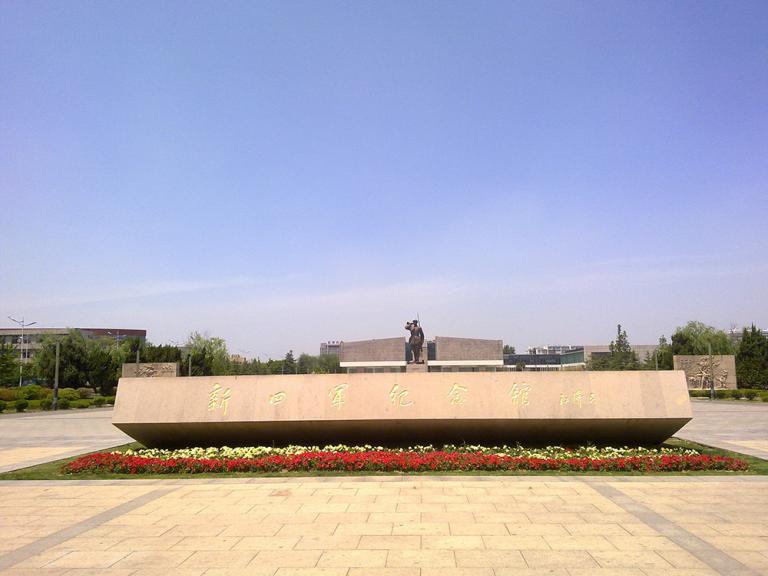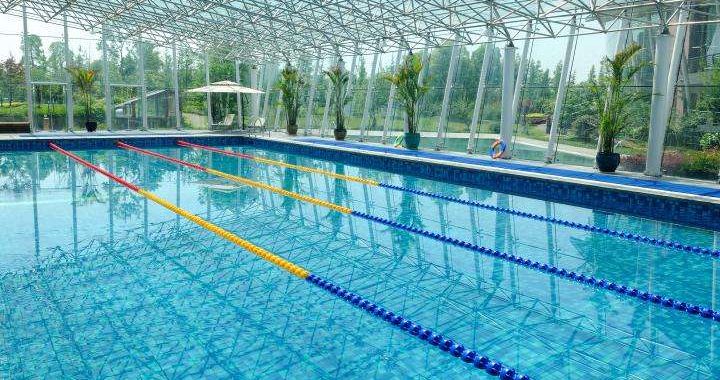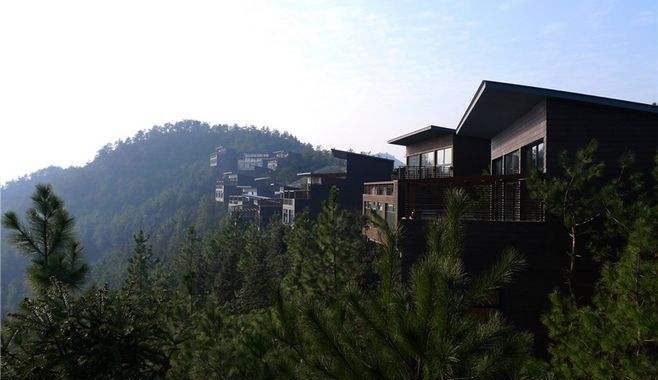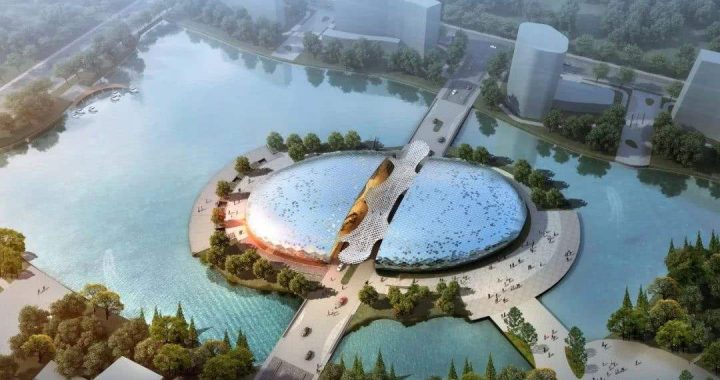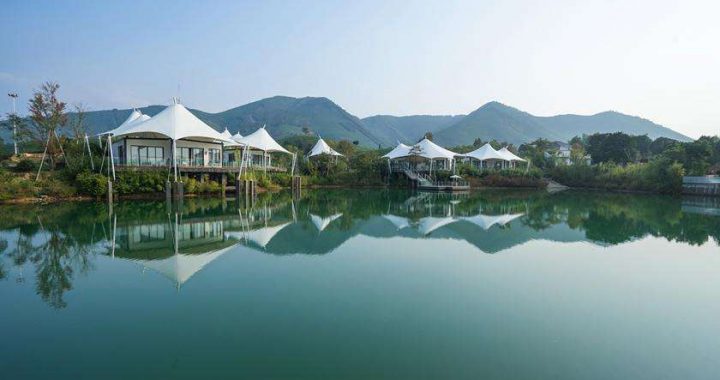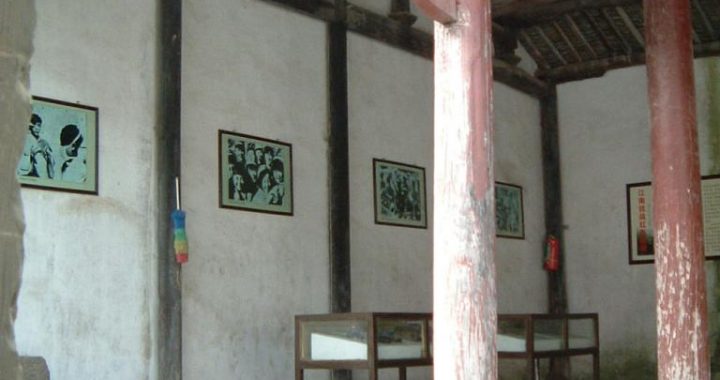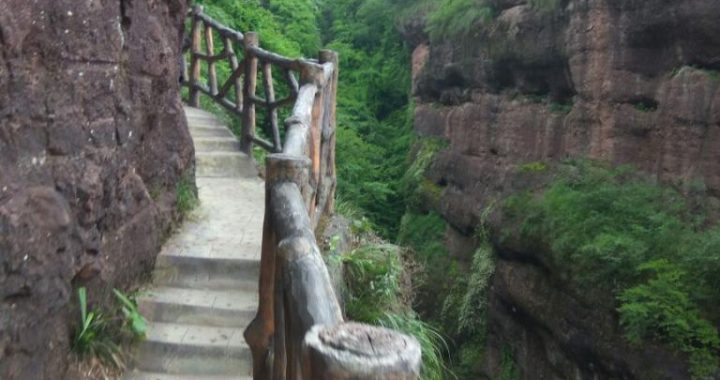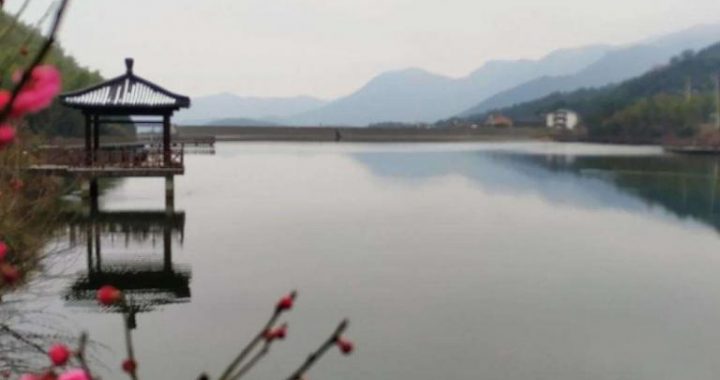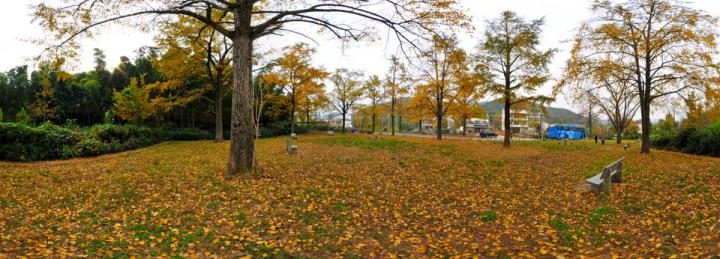New Fourth Army Museum
3 min readThe N4A Museum is the highlight of the site, and becomes the hottest tourist spot. It is located at the former Headquarters of the First Column Troop(N4A) of Su-Zhe Military Region. The reorganized first column thatoriginated from the 16th brigade of the 6th division of N4A moved its Headquarters from Yangfeng Village and positioned here after the foundation of Su-Zhe Millitary Region Command.
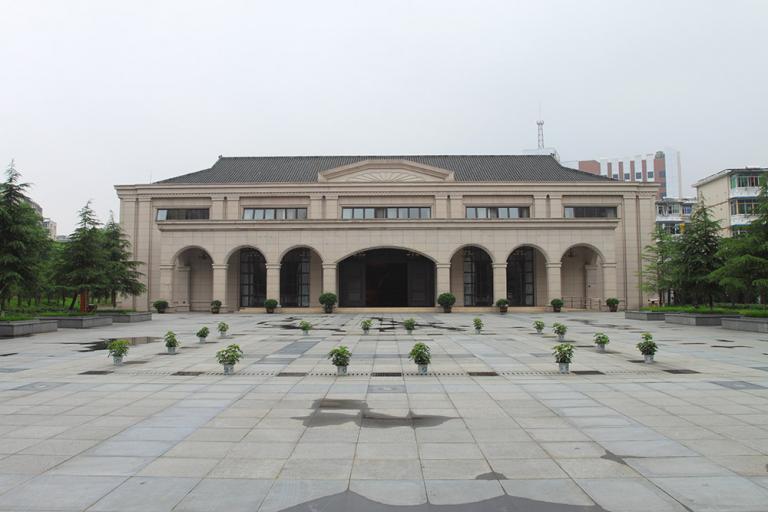
The museum was developed from a simple exhibition room, and has become a historical museum that integrates the functions of showing cultural relics, collecting historical documents, systematic studying of the New Fourth Army in South Jiangsu and Zhejiang Military Area as well as the traditional revolutionary education. According to the historical records, the site of the museum was a residence of the late Qing Dynasty with a history over 150 years. The brick-wood houses with carved beams and painted rafters were built in Jiaqing and Daoguang Periods of the Qing Dynasty. There were 46 rooms of varying sizes at that time. The former residence is surrounded by tall walls, and it has two rows with the southern exposure. The residence embodies the idea of Chinese construction and shows the traditional style with the hall in the front and the bedrooms at the rear. The main building on the central axis is spacious with five-room wide.
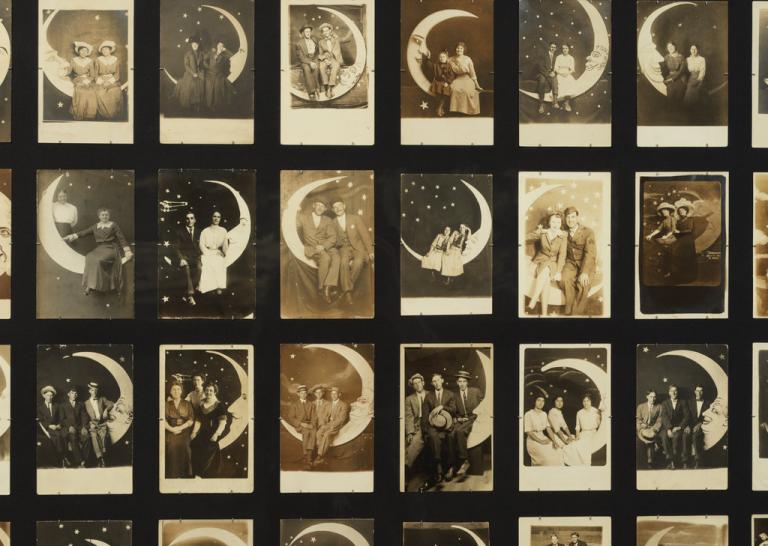
The wing rooms on the east and the west are connected by winding corridors. Such a compact layout of the residence is ingeniously conceived and well-organized. The whole residence looks in graceful order and simplicity.
Now the museum occupies an area of 3,400 square metres.950 pieces of historical and cultural relics,420 precious historical photos taken in that period are displayed in four exhibition halls. These exhibitions cover a wide range of things from the articles of daily use to the military weapons and products made by the local people and fighters. Some documents with far-reaching significance, captured weapons, military maps, and propaganda materials, paper currency, coupons, newspapers and the other publications at that time are also on display. The exhibition halls are permeated with the solemn atmosphere and call forth in tourists a feeling of profound respect.
These exhibitions recorded the activities all-sidely after the foundation of the Headquarters of Su-Zhe Military Region. They tell visitors how the N4Aopened up the base area in the Anti-Japanese War, how the troop shouldered the heavy task to undertake the military preparations for strategic counterattacks, and when the troop received orders to advance north at last.
The set-up of the N4A Museum gives prominence to the militant course andbrilliant victory of the N4A in Jiangsu and Zhejiang. By its exhibitions, visitors are well-informed about the heroic and moving deeds that the local people did, and great achievements made by the notable commanders, such as Su Yu, Ye Fei, Wang Bicheng, Jiang Weiqing and others.
In 1961, the former site of N4A(museum) was listed among the first batch of key protective units of cultural relics in Zhejiang Province. It was formally open to the public in 1976, and enlarged to a museum in 1985. On June 25,2001, it was promulgated by the State Council as the key historical and cultural unit under the state protection. The former site has become Zhejiang Provincial Education Base of Patriotism, Education Base of National Defence, National Demonstration Base of Patriotism, National Juvenile Education Base and the popular site of Revolutionary Tour in Zhejiang Province.
